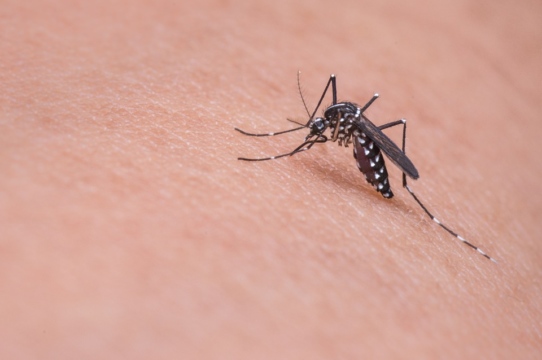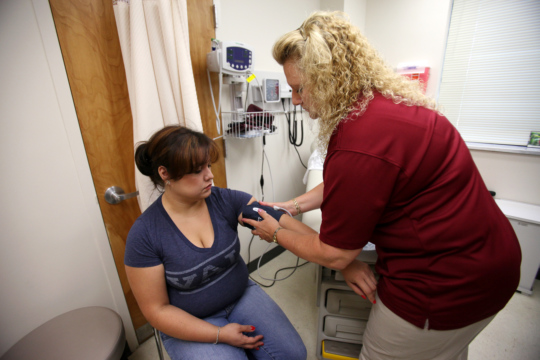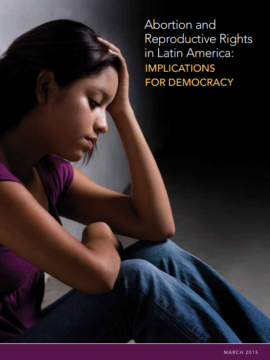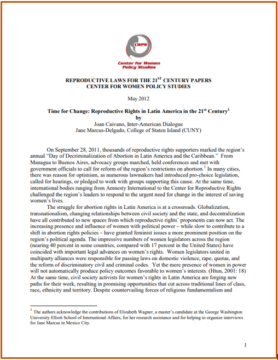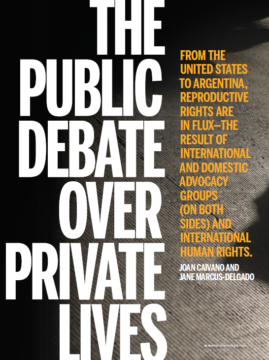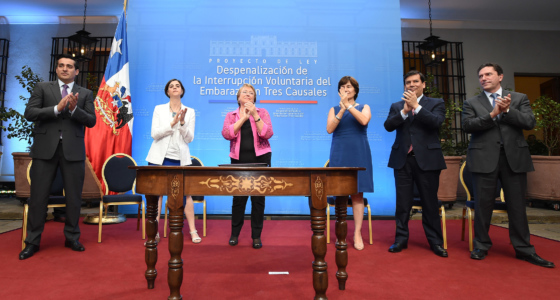
The Reproductive Rights Debate in Latin America
While the overall landscape for reproductive rights showed little change in 2014, there is evidence of glacier-like movement toward easing restrictions on abortion.
While the overall landscape for reproductive rights showed little change in 2014, there is evidence of glacier-like movement toward easing restrictions on abortion.
In Brazil, the possibility of pregnant women with Zika having access to abortion has not entered the public debate.
How do Latin America’s total abortion bans affect women’s health and human rights?
Just three days into his presidency, on January 23, 2017, Donald Trump reinstated the so-called Global Gag Rule. The executive order, also known as the Mexico City Policy, prohibits all US federal money from funding international organizations that provide information about or support abortion rights.
Latin American countries have some of the most restrictive reproductive health laws and policies in the world, particularly with regard to abortion. In part this stems from not recognizing reproductive freedom as a fundamental human right. However, imposing legal restrictions on abortion does not reduce the likelihood that women will seek this reproductive health service. Instead, harsh laws compel women to risk their lives and health by seeking out unsafe abortions.
In this report, Joan Caivano from the Inter-American Dialogue and Jane Marcus-Delgado from CUNY analyze the existing reproductive rights landscape in Latin America in the 21st Century.
In this article of Americas Quarterly, Joan Caivano and Jane Marcus-Delgado look at abortion access and reproductive rights in Latin American countries.
